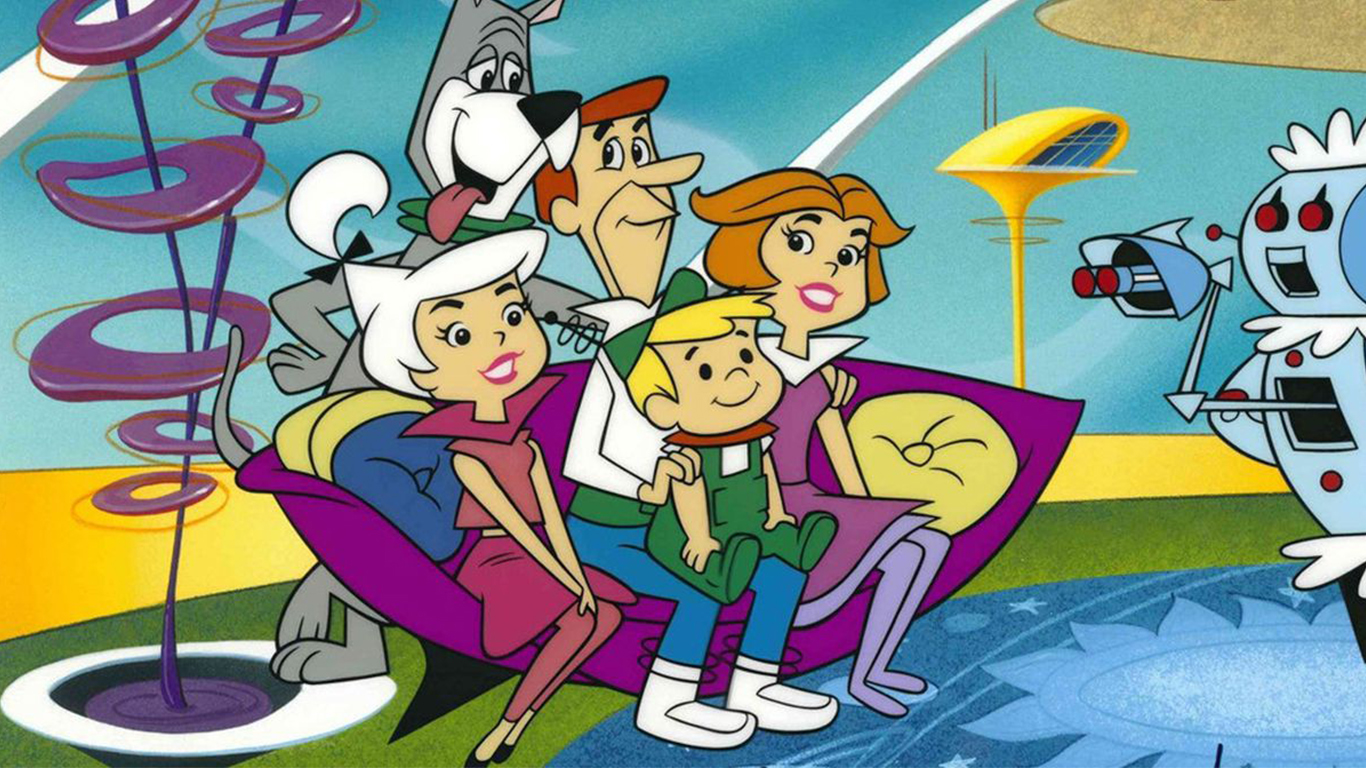Mubadala Development Co, the investment arm of the Abu Dhabi government, put $622 million into AMD (AMD) last week to buy 8.1% of the company at $12.70 a share. The market did not like the deal. The stock traded at $12.64 and moved down more after hours. Wall St. understands that all AMD has done is buy a little time. The chip company has $5.1 billion in long term debt and had an operating loss of $226 million in the last quarter. Larger rival Intel (INTC) its pressuring AMD sales and margins.
AMD needs a buyer to survive. And, there may be only one company that makes sense–Nvidia (NVDA). The graphic chips company has a market cap of $18 billion to AMD’s $7 billion. NVDA has about $1.5 billion in cash and securities on its balance sheet and had operating income of $201 million in the last quarter.
Why would Nvidia buy a company that is less successful than itself? Perhaps to protect a large part of its market. In the companies own documents it says that it " we expect substantial competition from both Intel’s and AMD’s strategy of selling platform solutions, such as the success Intel achieved with its Centrino platform solution. AMD has also announced a platform solution. Additionally, we expect that Intel and AMD will extend this strategy to other segments, including the possibility of successfully integrating a CPU and a GPU on the same chip. If AMD and Intel continue to pursue platform solutions, we may not be able to successfully compete and our business would be negatively impacted."
Buying AMD would help offset that risk, as it would another one. Nvidia also reports that "we are the largest supplier of AMD 64 chipsets with 62% segment share in the second quarter of calendar year 2007, as reported in the latest PC Processor and Chipset report from Mercury Research. Decline in demand in the AMD segment would harm our business."
A failing AMD might get rid of one potential competitor, but it would allow Intel to control the entire game. And, it would take away one of Nvidia’s most important partners–AMD.
One of the strongest arguments against a Nvidia/AMD deal is that it could harm the graphics chip maker’s relationship with Intel. But, Intel is facing a series of monopoly suits against it by AMD and government bodies that have taken AMD evidence to go after the larger company for antitrust violations. A bigger and stronger chip company competitor might make a series of settlements on monopoly matters easier for Intel to reach
Also, Intel knows it has to have competition. Without a strong competitor, it could face future antitrust actions. And, having another robust player in the market has helped Intel drive its R&D operations harder to stay ahead. The entire market has benefited from that.
The move would be a big risk for Nvidia, but being a standalone graphics chip company has risks of its own.
Douglas A. McIntyre
Thank you for reading! Have some feedback for us?
Contact the 24/7 Wall St. editorial team.





